By Edward Lenahan
This 1961 Chevrolet Corvette factory race car, soon to be auctioned at Mecum’s January 24-29, 2012 Kissimmee Florida event, possesses a host of rare options and a provenance worthy of the velvet rope treatment at any of the world’s finest auto museums or vintage races. Gulf Oil sponsored and driven to an SCCA B-Production national championship by the likes of Dr. Dick “The Flying Dentist” Thompson and Don Yenko, it stands as one the most successful and important production-based Corvette race cars ever constructed. All the more impressive considering it was never supposed to exist.
Though hard to believe today—with manufacturers spending millions of dollars on motorsports and publicizing their efforts through some of the world’s finest marketing firms—there was a time when the mere mention of auto racing within the walls of an American auto company would spark outbreaks of upper-management indigestion.This trend surfaced immediately after World War II as racing began to claim lives at an alarming rate, and reached its zenith on June 11th, 1955, when a Mercedes 300 SLR piloted by Pierre Levegh struck another race car and flew into a crowd of spectators at the 24 Hours of Le Mans.
Photos of the accident published in Life magazine showed Levegh’s lifeless body lying on the track and some of the 83 dead scattered through the grandstands. The magazine’s predominantly American audience was appalled with the accident, and the American companies selling cars to these readers worried that calls to regulate auto racing would quickly expand to include the manufacturers themselves. On their own D-Day of sorts, June 6th, 1957, the Automobile Manufacturers Association banned its members from building race cars, speed parts, or publicizing the sport in any way. The racing of American sports cars was dead. Except, that is, for Zora Arkus-Duntov.
As a GM engineer, Duntov no doubt read the memo announcing his employer’s withdrawal from racing. He just didn’t care. He was, among other things, stubborn.
The Belgian born son of Russian Jewish parents, Duntov had already outrun the Nazis, revolutionized hot-rodding (with his eponymous line of Ardun accessories for Ford’s Flathead V8), and aided the development of Allard sports cars by the time he saw the new-for-‘53 Corvette at the New York Motorama. He loved the car’s lines and despised everything else. So he wrote a letter to GM telling them as much and was hired shortly thereafter.
Duntov’s love of speed was no mere whim. While helping Allard engineer their sports cars he proved a talented driver as well and later piloted a Porsche 550 to class wins in two 24 Hours of Le Mans; the last of which, ironically, during the same 1955 event that would eventually lead to the AMA ban on racing. Nonetheless, he profoundly influenced American motorsports and, in particular, the Corvette.
By 1955 the Corvette traded the 150hp straight six engines and powerglide automatic transmissions of ’53 and ’54, for 195hp, 265ci V8s and three speed manual transmissions. By ’57 the Corvette added a 283hp 283ci V8, a limited slip differential and fuel injection. All the while, Duntov kept his eyes and talents focused on the racetrack and by the 1957 AMA ban on racing he stood at the center of one of the greatest contradictions of mid-century corporate America. While GM’s brass touted safety, forward styling and advanced color theory, Zora Arkus-Duntov quietly slipped some of the country’s most successful race cars out the back door; among them the championship winning Corvette seen here.
One of two 1961 Corvettes special ordered by Don Yenko Chevrolet for delivery to Grady Davis—of Gulf Oil Research and Development fame—Number 11 sports a veritable checklist of Duntov’s available speed equipment. Since the words ‘speed equipment’ weren’t exactly politically correct in ’61, however, the high performance parts are identified by their harmless sounding RPO or “Regular Production Option” numbers. It seems that while the AMA might wonder why any factory would offer a fuel injected, 315hp 283ci V8, they were far less likely to question “RPO354.” No matter. Whichever way one chooses to describe the rare and powerful engine, this car is so equipped. Ditto RPOs 675, 685, and 687 which, in non-GM-speak are a Posi-traction differential, four-speed manual transmission, and heavy-duty suspension and brakes, respectively. The boxes of uninstalled parts that came with Number 11, on the other hand, are a different story altogether. Known by a select few as the ‘Sebring package,’ the vented hood, stiff front anti-rollbar, aerodynamic headlight covers, and 37 gallon fiberglass gas tank didn’t have RPO numbers and, by all accounts, left Duntov’s office without his bosses’ blessing or knowledge.
Upon delivery to Don Yenko Chevrolet and then Grady Davis, Number 11 was prepped for the Twelve Hours of Sebring where it was piloted by Don Yenko and Ben Moore to a third place finish. The Corvette was then moved to SCCA competition where, again in Yenko’s hands, it won Virginia, Cumberland, Bridgehampton, Dunkirk, and Lime Rock. A good season, this. Except these were just the first five races. At the sixth race at Meadowvale, competitors grumbled. Rumors spread. Soon, tech inspectors pulled the Corvette and found the car was running an aluminum flywheel and not, as required by SCCA rules, one made of steel. Though legal in the FIA races in which Number 11 first competed, the part’s presence at an SCCA B-Production race earned Yenko a six-month suspension. Competitors sighed with relief. Grady Davis called a dentist.
Dr. Dick Thompson may have cleaned teeth and filled cavities to pay his bills, but he also held a well-earned reputation as one of the fiercest Corvette drivers in the country. Years earlier he had even authored a book about racing Corvettes which, incidentally, showed how a Corvette buyer could check certain RPOs on the order form and wind up with an unofficial factory race car.
Sitting in Number 11’s race seat, Thompson picked up where Yenko left off and drove the Corvette to victory Bridgehampton, Indianapolis, Thompson, Road America and Watkins Glen. In the half-season spent with the Corvette, Thompson won every race and the B-Production National Championship, steel flywheel and all. And though many of Number 11’s on-track victims continued to cry foul long after the trophies were handed out and the champagne drunk, history shows the car was prepped and driven by some of the sports most dynamic men and its performance was no fluke.
Don Yenko would help pioneer the muscle car era with some of the most powerful Chevy’s ever produced and Grady Davis would develop and oversee Gulf Oil’s campaigning of the legendary Ford GT40 and Porsche 917. Due in large part to his work behind the wheel of Number 11, Dick Thompson would earn a drive in Duntov’s radical Grand Sport Corvette and storm to victory at Watkins Glen in 1963. Exciting news, this, particularly to the GM executives who learned of the car’s existence from the morning paper. Duntov would have a hard time explaining why his engineers vacationed together in Nassau during Speed Week. Harder still the suitcases packed with Bermuda shorts and prototype intake manifolds. But while unhappy executives would close the factory’s back door for good by the end of ’63, the record of these men and the cars they built could not be undone.
After the 1961 Championship, Gulf Oil displayed Number 11 in the lobby of their corporate headquarters under a banner reading “Production Sports Car of the Year, 1961.” Rediscovered in 1990 by Richard Prince, the Corvette’s subsequent meticulous restoration earned an NCRS American Heritage Award and inclusion in the Bloomington Gold Special Collection, the Corvette Hall of Fame, and the Bloomington Gold Hall of Fame.
A high water mark for a company that wasn’t officially racing, Number 11 stands in the same livery and state of tune as she did on the dawn of the 1961 season and offers its next owner almost certain entry into the world’s most prestigious automotive events. To learn more about buying this fantastic piece of American racing history or any of the numerous important vehicles scheduled for auction at Mecum’s January 24-29, 2012 Kissimmee Florida event, visit www.Mecum.com.
[Source: Mecum Auctions]


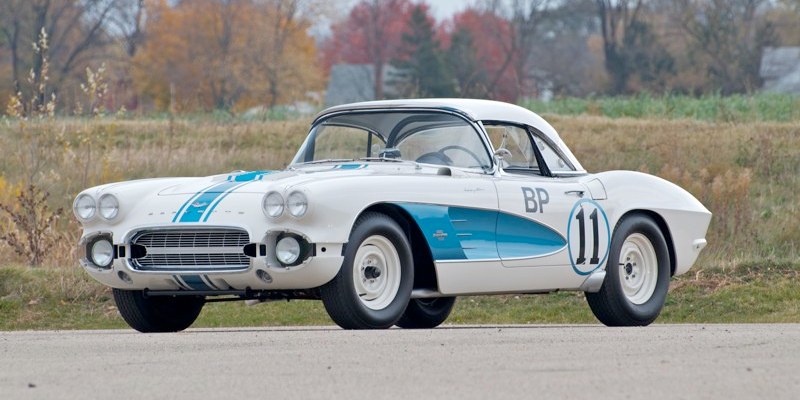

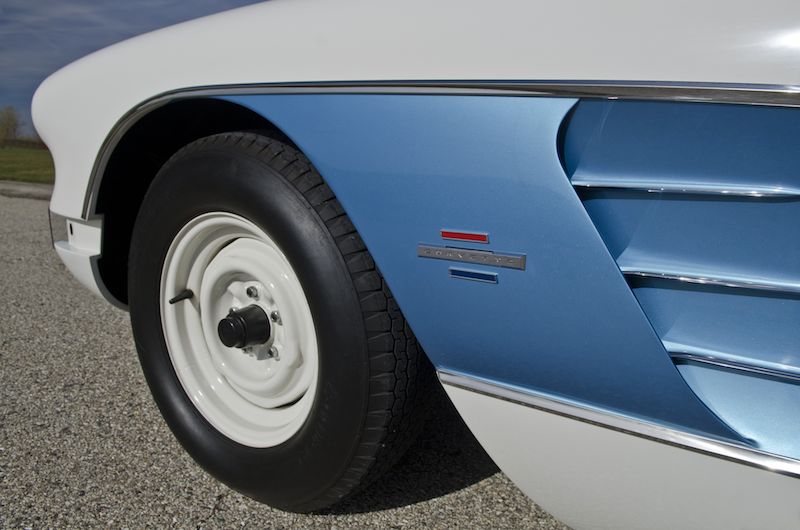
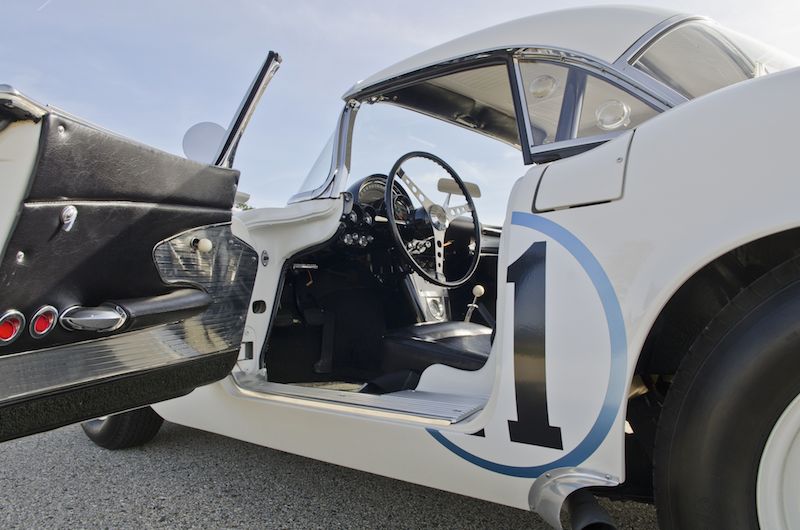
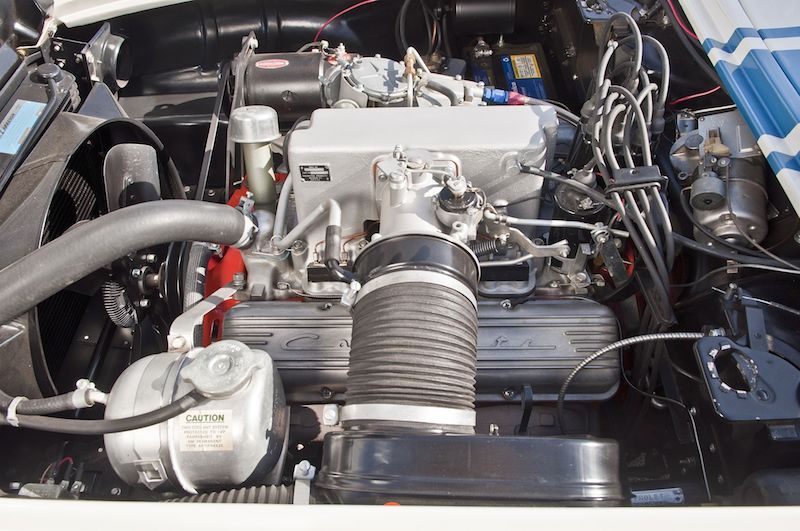
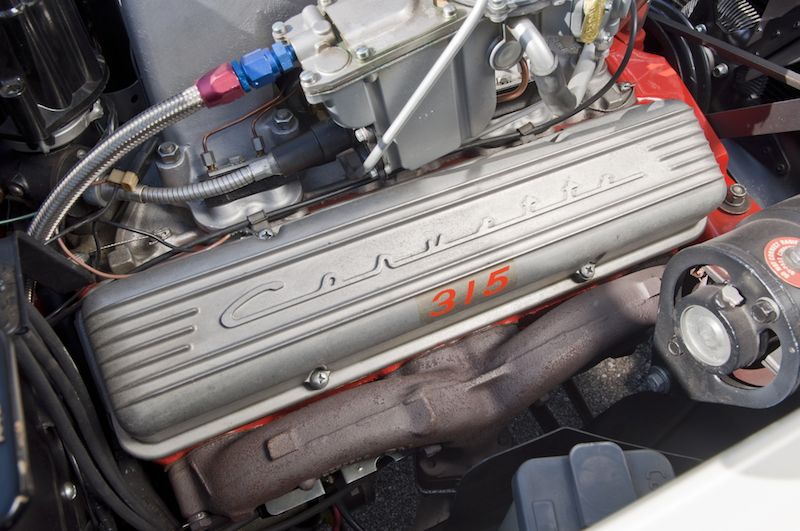
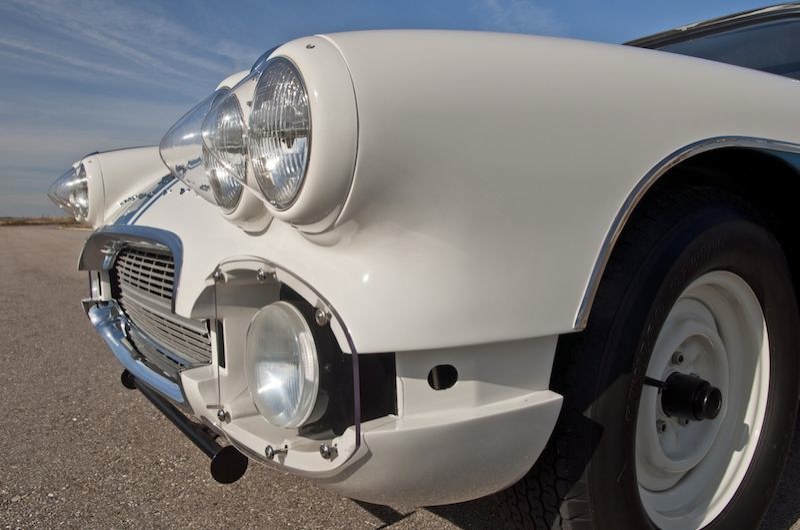

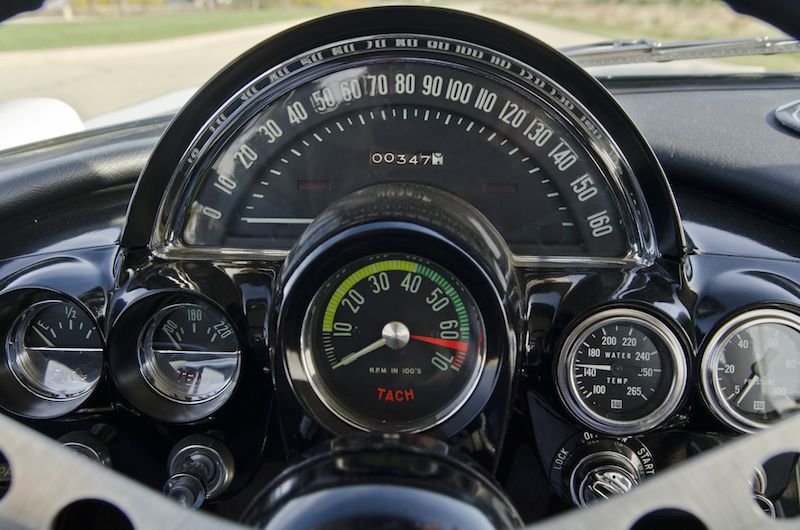
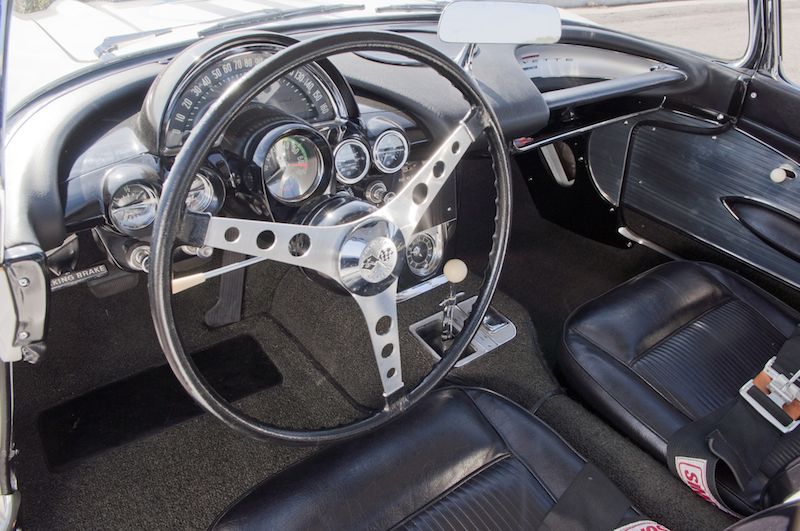
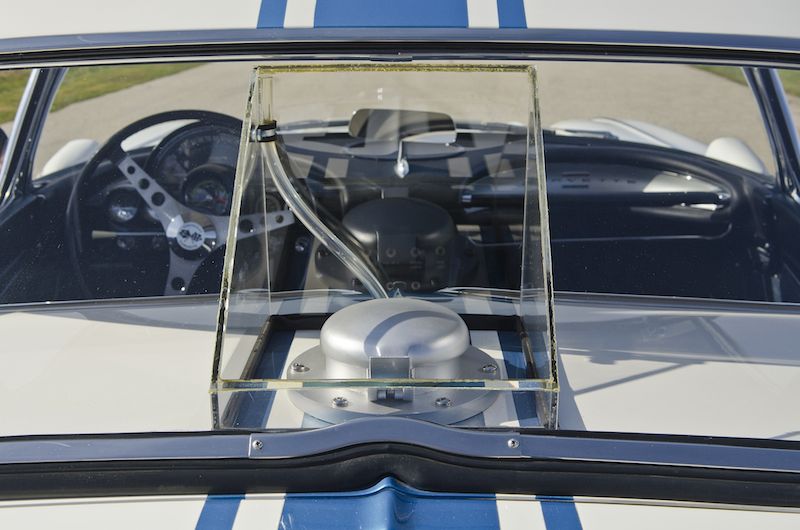

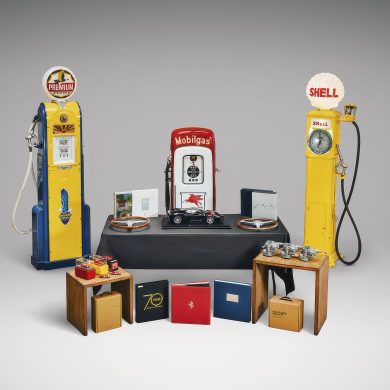

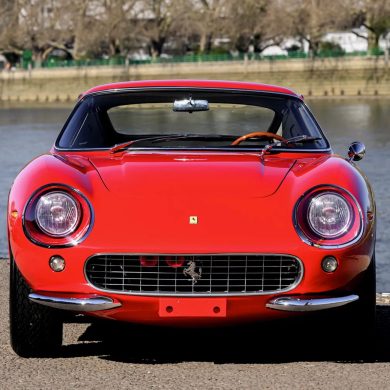
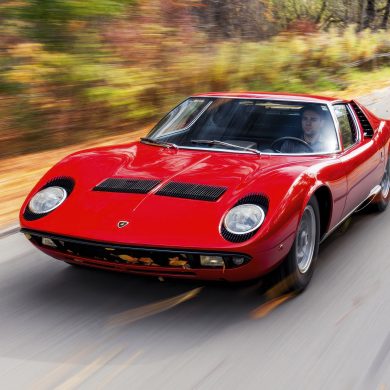

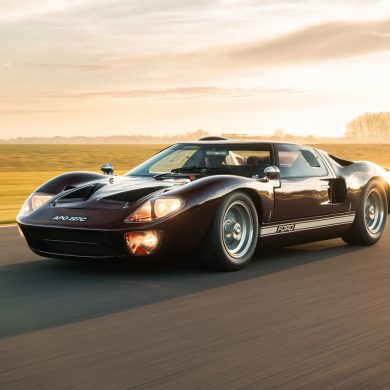


Great history of Corvette racing intertwined with the profile of this special Gulf Oil race car. Love the ‘Dagmer’ headlight covers! This car is surely a shoe-in at all top vintage events. Thank you for bringing it to my attention.
While this WAS about a particular car, I think it is a shame that Mr. Lenahan made no mention of the 1956 and 1957 Corvette Sebring efforts by John Fitch and “The Gang”! (mostly a bunch of volunteers and guys from GM Tech Center)
Dick Irish
One of the Gang
Hey Dick,
I’d love to talk to you about Sebring in ’56 and ’57 (and your earlier experiences with Siatas, Ferraris, and anything else you’d care to talk about). Send me an email if you have the chance ([email protected]).
Best,
Ed
Grady Davis, NOT Gulf Oil Corp, backed the 1961, 1962 and 1963 Corvettes that Yenko’s mechanics prepared and Don Yenko & Dick Thompson drove in SCCA AP and BP classes, Daytona Continental (3 hr) and Sebring 12 hr races. Grady Davis rose to a top Gulf Oil exec after a career in explortation. He had the means and positon to use Gulf Oil reseach & devt to help prepare these cars become winners. He was a “sportsman” attracted to the Corvette and the proximity of Yenko Chevrolet and a capable drivers like Yenko and Thompson. Taking nothing away from these examples of some of the best prepared early Corvette race cars, what you read in many of the rambling auction reports like this one is lots of hype. Research the facts and present them accurately would be appreciated.
Bravo to Dick Irish. When Ed Cole asked Duntov to prepare a team for Sebring with only an eight week window, Duntov said it was impossible. Cole then asked John Fitch, who accepted the challenge immediately, and managed to prepare three real race cars from showroom boulevardiers. On the first day of prep, John was astonished as he took one of the cars down a Sebring straight, only to have a wheel fall off the car. His team ended up with two class wins and the team prize. John is 94 now, and is in a rehap facility in CT, recovering from a collapsed lung, but is alert and working on a variety of automotive projects.
The story about Fitch & Duntov is 100% correct; and according to Smokey Yunick, and other sources, “they weren’t exactly great buddies”. But what does that have to do with the rambling auction narrative. Torture!!Get to the facts about this car, put the rest in notes or appendages and let the research work out.
I for one loved the “rambling auction narrative” by Mr. Lenahan. I certainly don’t see it that way though. As I see it, he wrote a succinct history about the nuts-and-bolts that went into this car and not the tell-all book on Corvettes. And well done for it!!
I like your enthusiasm but caution that the goal of an auction company is get highest price for the seller. Pleaser read with that in mind.
Absolutely agree that you should read auction (or any sales verbiage) with caution in mind, but this was written by Mr. Lenahan as far as I can tell. When I clicked on Mecum’s auction page on this Corvette, I didn’t see nearly as much information about what I referred to above as the “nuts-and-bolts that went into this car.” Their auction page write-up was much shorter in length and depth.
Really enjoyed the article, thanks! People need to know how exciting it was “back then” to have Corvette winning races – thanks to the pioneers like Duntov, Fitch, Yenko, Thompson, and Grady Davis. I’m sure they inspired John Greenwood and later Pratt&Miller to continue improving the breed.
I saw this car race at Sebring, glad to see it still exist’s, and has been preserved!! art smith, brooklet, ga.
Perhaps Duntov’s real “secret” was that his monoplace “Decalee” Talbot Lago MD90130 (owned today by my chum and fellow racer “Robs” Lamplough) was (shall we diplomatically say) the “inspiration” for his pent-roof Ardun head design?!
My Talbot Lago friend and author, Pierre Abeillon graphically illustrates this connection in his tour de force book “Talbot-Lago d’Course” (ISBN 2-970021-0-8).
The young and handsome Zora Arkus-Duntov debuted 90130 at Indianapolis in 1946, but failed to qualify.
Langhorne and Goshen followed with the same result.
Duntov tried his hand once more at Indianapolis in 1947, after which 90130 returned to Europe, where in 1949 Harry Schell enjoyed a long season of racing (with 2 x first places), and then the shutters went up for the duration of the war.
When, in 1978, I was racing my Talbot Lago 26c 110007, followed by 26c 110054 in 1979, I tracked down Mr. Duntov in order to pick his brains on his Talbot Lago racing experience and resultant Ardun head design going all the way back to 1946.
Unfortunately his memory, some 35 years later, had diminished somewhat.
Amusingly, when I first telephoned him he asked me to hold on whilst he called out to his wife “Darlink, I have a man on the phone who knows more about me than I do!”
Anyway, Zora made a special point of linking up with me at an early Laguna Seca race meeting, and attached is a photo confirming this happy occasion.
http://s3.amazonaws.com/scardigest/wp-content/uploads/duntov-picture.jpg
Keep up the good work!
Regards.
Peter Giddings